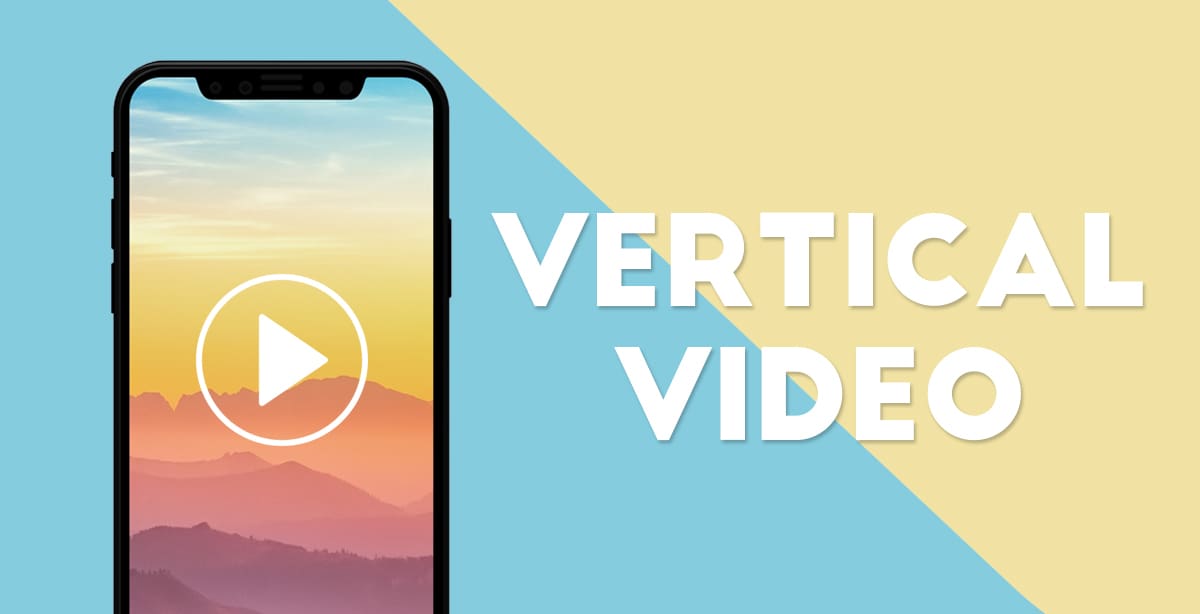Brands have been making TV commercials since the platform started allowing advertising in 1941. Since that time, the primary mode of video advertising has always been horizontal — with an aspect ratio of approximately a 4:3. But with the explosion of digital media, particularly on mobile, times are changing … and they’re changing quickly.
The time has come to start making video mobile-first — for a number of reasons. Among them, mobile website traffic is currently sitting at 52.2% and rising (Statista), and 96% of people accessing Facebook are using it on their mobile devices (Statista). Further, today’s users hold their mobile devices vertically 90% of the time (Smart Ad Server). All of this means that switching to vertical video (9:16) for your campaigns is vital.
Almost all ad networks and social platforms have either already started allowing vertical video or already prefer it in their space. Snapchat is a vertical platform, and Facebook and Instagram stories are also strictly vertical applications. Vertical video is also emerging as the preferred method in Facebook/Instagram newsfeed videos, garnering at least a 26% cheaper cost per click than square or horizontal video when directly tested against one another (Buffer).
Ad network and in-app video ads also work best with a vertical application. With both traditional and in-app, reward-based videos, vertical orientation enhances the user experience by preventing the disruption caused by making viewers turn their phone 90 degrees in order to see an ad correctly. Plus, with over half of website traffic being on mobile, a vertical video ad shown on any website on mobile will take up the entire screen, maximizing the user experience. When ads are skippable, this has led to completion rates six times higher than horizontal video (Smart Ad Server).
Even YouTube has jumped on the vertical-video bandwagon, albeit more slowly than other platforms due to its large library of horizontal-only historical content. Seeing that 70% of viewers on YouTube were viewing on a mobile device (Brandwatch), YouTube decided in the fall of 2018 to offer vertical video as an option, and it can be purchased through YouTube’s True View skippable ad type. When starting vertical video as an option, the platform performed a test with Hyundai, and the ads helped draw a 33% lift in brand awareness and a 12% lift in consideration (Mashable), which are great results for a campaign.
As user preference becomes more and more focused on mobile devices, vertical video will become more prevalent in the advertising space. It’s not only here to stay, it’s becoming the preferred ad size for digital video platforms. Even if you are a company that relies heavily on TV advertising, so you’re currently working mostly in the horizontal video space, it would be wise to think through how to make a vertical application of your content so that you’ll be ready to roll with mobile-first vertical video ads when you move more into the digital space.
Catering to user preferences and increasing the performance of your video ads are just some of the solid reasons to advertise with vertical digital video. Need help navigating vertical digital video or other paid media for your brand? The Brandon Agency can help with all of your digital and traditional media-placement needs. Contact us to get started today.

